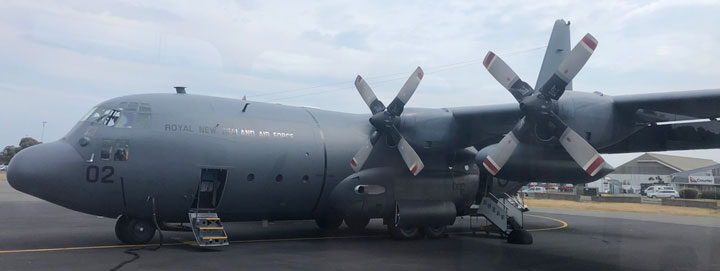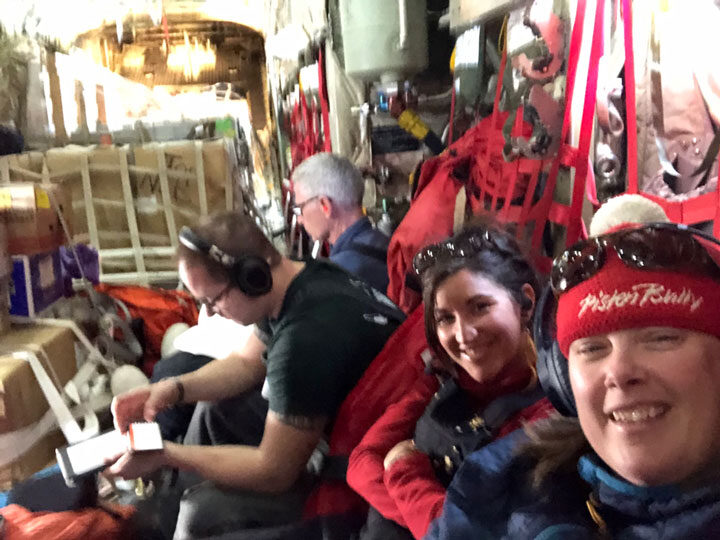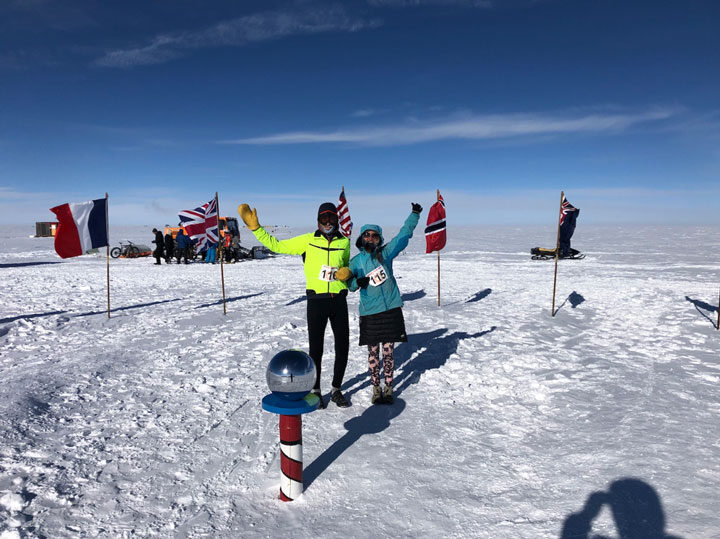The third 88S Traverse is about to commence!
For the past couple years, we have conducted a 450-mile ground-based traverse collecting highly accurate GPS elevation data. These data have been used to validate elevations from NASA’s ICESat-2 satellite mission. You can see videos from the previous 2 traverses here and here. And you can see results from the previous traverses here.
Over the past three weeks, we have traveled quite a bit to get to the South Pole. We started in Maryland and flew via commercial airlines to Christchurch, New Zealand. We spent a couple days in Christchurch, where we were provided with special clothing for the extreme cold temperatures of Antarctica. Next, we flew from Christchurch to McMurdo Station, Antarctica, on a New Zealand military C-130 aircraft. That was about a 7-hour flight, with pretty modest accommodations. We spent about a week in McMurdo collecting the gear that we will need for the traverse, such as sleeping bags, tents, radios, etc. Once we had (most) of our gear, we flew from McMurdo Station, which is on the coastline, to Amundsen-Scott South Pole Station, which is in the center of the Antarctic Ice Sheet. That was aboard a US Air National Guard LC-130, which is an aircraft equipped with skis, for landing on the ice sheet.


One comment about the South Pole: It’s very high. We are at about 9300 feet above sea level, but the dryness makes it feel more like 10,000 feet or even more, depending on the barometric pressure. Thus, the first few days here are very challenging as your body tries to acclimatize to the altitude. In general, after we arrived, we took it very easy.
Once we arrived at South Pole, we started to rig up our sleds for the traverse. The 88S Traverse is a two-week endeavor using tracked vehicles called PistenBullys to haul sleds that contain all of our equipment needed to live and work on the Antarctic Ice Sheet. The sleds carry our sleeping and eating tents, fully deployed, so we set up camp just once for the entire 2-week traverse! The sleds also carry the survey-quality GPS instruments that we use to collect the elevation data. GPS units in your car are accurate to about 10 to 15 feet. The GPS units that we use are accurate to well within an inch!
The Antarctic summer field season is from about late October to about early February, with the warmest part being in early January. As such, we spent Christmas here at South Pole. The folks here on station do an amazing job to make the holiday great, even though folks are thousands of miles from family. The galley does an especially great job; Christmas dinner was fantastic. The next day, the station hosted the annual Race Around the World, which is a roughly 2-mile running race that intersects every line of longitude. The male winner and the female winner earn a 10-minute shower here at Pole, which is a luxury relative to the usual 2-minute showers that we are allowed, twice a week. Two of the 88S Traverse team members ran the race; Thomas came in second, earning a 5-minute shower!!!

Belated Merry Christmas to folks back home!
-Kelly & Thomas




Very well done here with great info for the folks at home. Glad to hear it was, once again, a successful venture. Keep safe and we’ll see you soon
Love, Mom and Dad